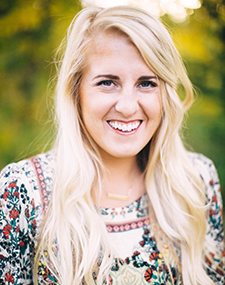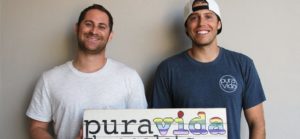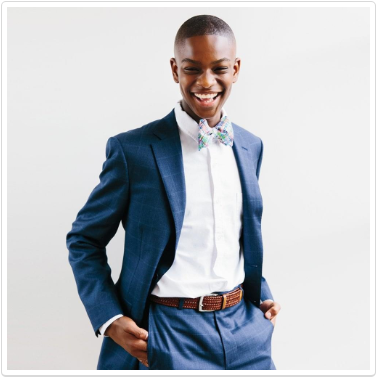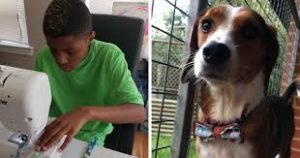Roolee is a trendy and boutique fashion and lifestyle brand founded by Kylee Champlin. In addition to women’s clothing, her store sells kids and baby clothing, accessories, home décor, and gifts.
Champlin was a graduate of Utah State University. In 2013, after working at a local boutique for several years, she was given the opportunity to buy it. Inspired by a lack of desirable shopping options in her hometown, she decided to give it a unique flair and make it her own. Since then, Roolee has grown into brick-and-morter locations, developed an online shopping empire, and began construction on their headquarters.
Although she makes it seem like an easy task, Champlin admits that being a millennial entrepreneur hasn’t always been a cake walk. In an interview on Roolee’s blog, she admitted that in the beginning, there was nobody to answer her questions or give her guidance, so a large part of their growth came from trial and error. Champlin advises new business owners to “[not] get discouraged and remain patient. Success takes time. Hard work and talent will get you there, but you can’t do it alone, and it doesn’t happen overnight.
In addition to Champlin’s professional accomplishments, she is also passionate about women loving and empowering each other. Roolee has partnered with and donated profits to the Foundation for Women’s Cancer, as well as developed their own social media movement— “A World of Sisters.”
The way that Champlin has integrated and revolutionized millennial boutique fashion is remarkable. She is continuing to innovate and adapt, which is why Roolee is one of the most popular niche brands, and she’s one of the most influential millennial entrepreneurs.

 Silly Bandz finally took off at a trade show in China in 2006, where Robert saw similar shaped rubber bands created by a Japanese designer. This trip gave Robert the three changes he needed for Silly Bandz to be what they are today; bigger, thicker, and more detailed. During the peak of the craze, in 2008, more than a million packs of Silly Bandz a week were sold. Phones were ringing off the hook and supply was flying off of the shelf.
Silly Bandz finally took off at a trade show in China in 2006, where Robert saw similar shaped rubber bands created by a Japanese designer. This trip gave Robert the three changes he needed for Silly Bandz to be what they are today; bigger, thicker, and more detailed. During the peak of the craze, in 2008, more than a million packs of Silly Bandz a week were sold. Phones were ringing off the hook and supply was flying off of the shelf.






 A billion. It’s a number that seems impossible to picture in our minds. It’s one that counts our population, our galaxy, and it could make up seemingly infinite lifetimes. For most people, this idea of the billion exists only in the hypothetical or in the things beyond this world. So, when someone achieves it, it leaves the world wondering how.
A billion. It’s a number that seems impossible to picture in our minds. It’s one that counts our population, our galaxy, and it could make up seemingly infinite lifetimes. For most people, this idea of the billion exists only in the hypothetical or in the things beyond this world. So, when someone achieves it, it leaves the world wondering how.

